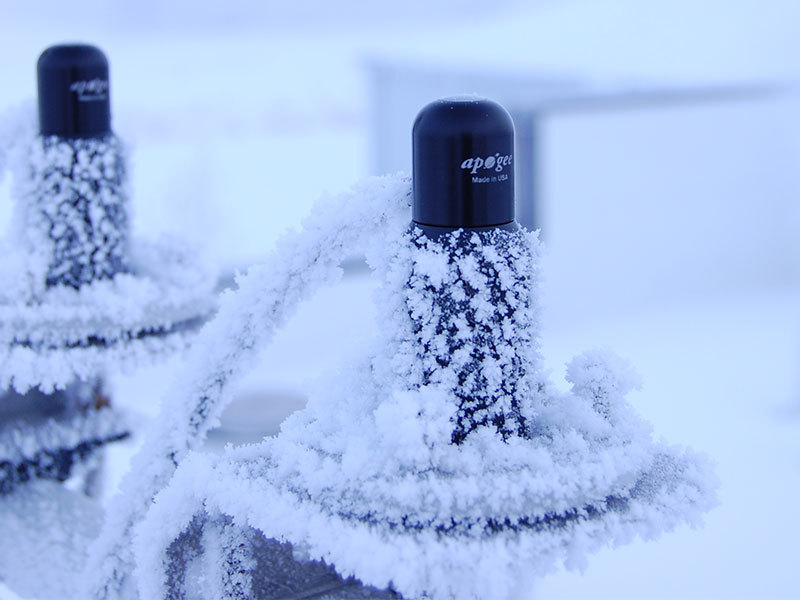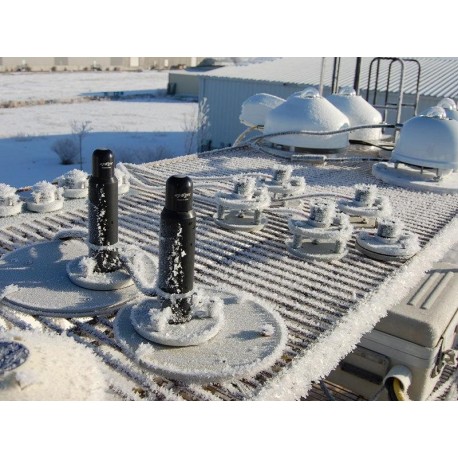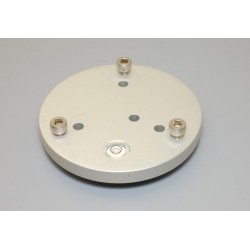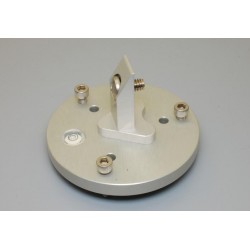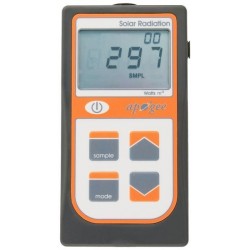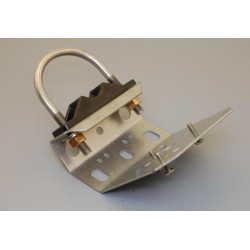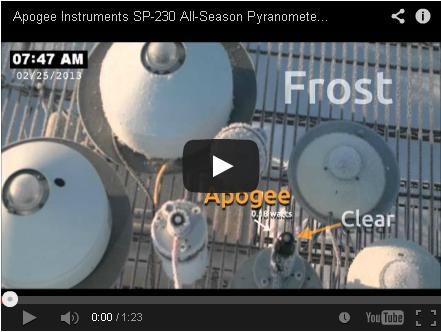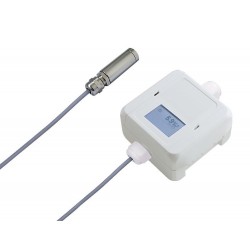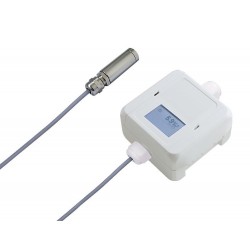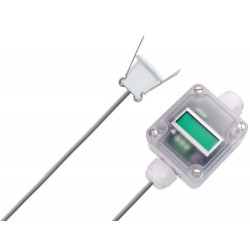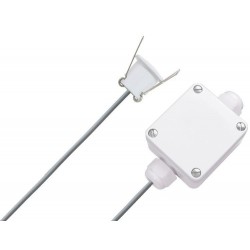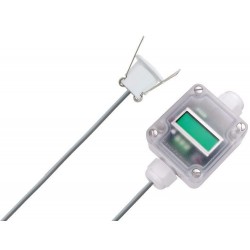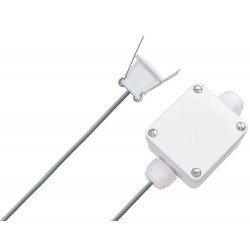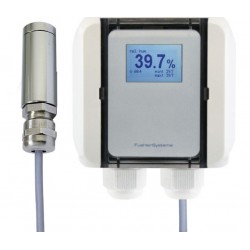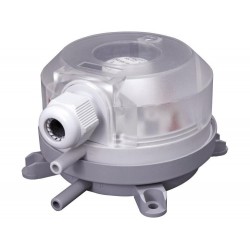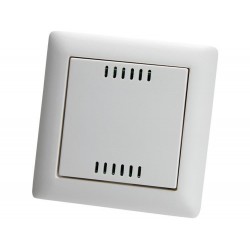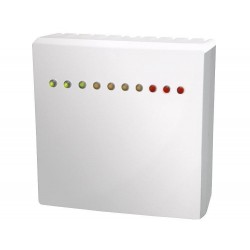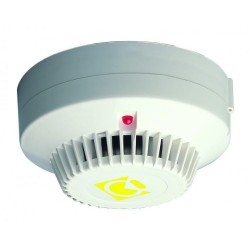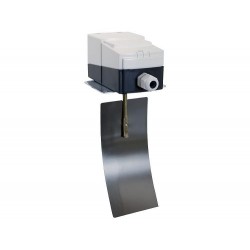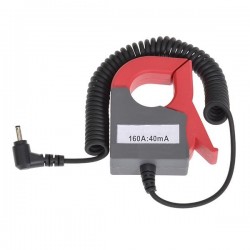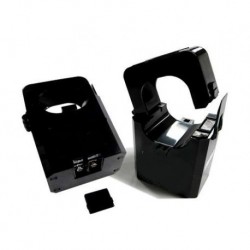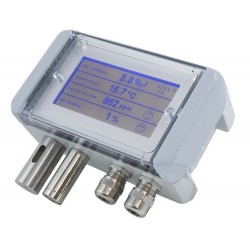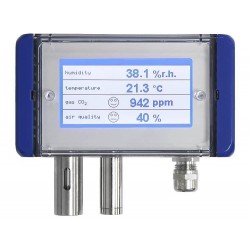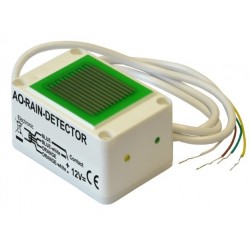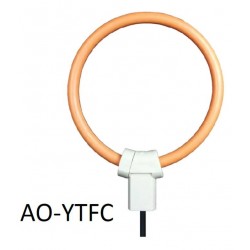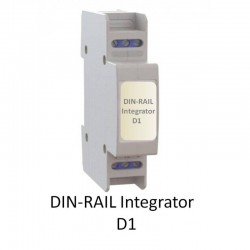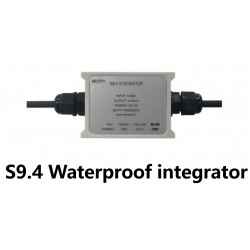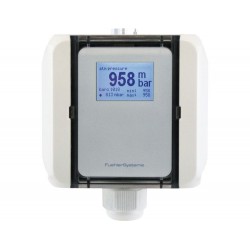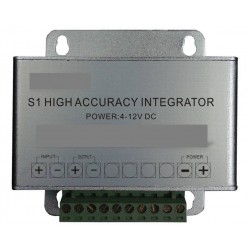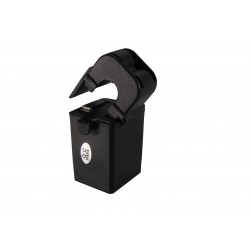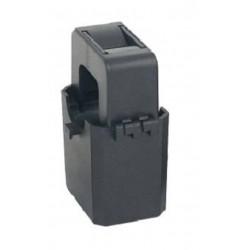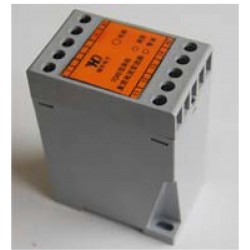Ningún producto
Estos precios se entienden sin IVA
Su producto se agregó correctamente al carro
Hay 0 productos en su carro. Hay 1 producto en su carro.
SP-230 Piranómetro Calefactado para todas las estaciones del año
SP-230
Nuevo
¿COMPRAS POR CANTIDAD, O SOLO QUIERES INFORMACIÓN ADICIONAL?
Llama al +34 916292106 o completa nuestro formulario de Consulta este producto
- Consulta este producto
- Remove this product from my favorite's list.
- Add this product to my list of favorites.
- Imprimir
| El Sensor mide: | Luz Solar: 360nm a 1120nm |
| Señal de Salida: | mV |
| Longitud del Cable: | 5 metros |
| Alimentación: | 12 V |
| Sensor para uso en: | Intemperie y Bajo Agua |
El nuevo Piranómetro Apogee SP-230 para Toda-Temporada, eliminando así el problema de nieve, heladas y formación de rocío sobre la cabeza del sensor.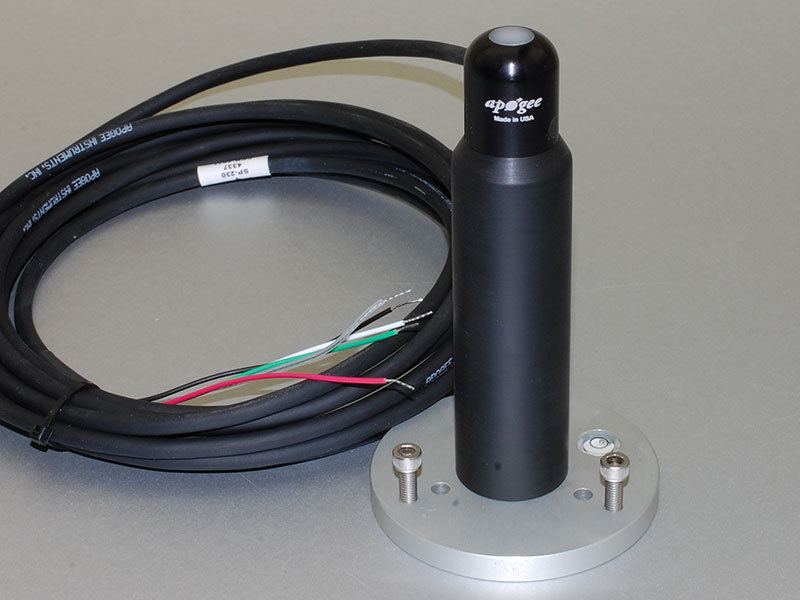
Cambia el juego en la medición de la radiación solar al eliminar finalmente el problema de la acumulación de nieve, escarcha y rocío en el sensor, un problema que se ha demostrado que afecta drásticamente la precisión de muchos radiómetros durante todo el año (Malek, 2008).
Combinamos un pequeño calentador interno (0,18 vatios), una cabeza en forma de cúpula y una base elevada para mantener el SP-230 siguiendo nuestro costoso pirómetro de referencia calentado y ventilado durante el clima más severo, mientras usamos 1/80 de la energía.
El calentador puede ser alimentado por un pequeño panel solar e incluso en días cortos en latitudes altas.
Malek, E., 2008. The daily and annual effects of dew, frost, and snow on anon-ventilated net radiometer. Atmospheric Research 89:243-251.
|
Figura 1: Solar radiation after a January frost in Logan, Utah with overcast conditions until 11 a.m. The two replicate Apogee SP-230 pyranometers were nearly identical to a heated and ventilated reference pyranometer. In spite of the bright sunlight after 11 a.m., the frost on two unheated glass dome thermopile and four replicate unheated castle design pyranometers did not melt until after 4 p.m. (1600 hours). |
|
Figura 2. The effect of frost and snow accumulation for three groups of pyranometers in Logan UT, expressed as a percentage of true reading. Castle design and unheated thermopile sensors averaged a 20% error for the month with a maximum error of 80%. Data for Figure 1 is from day 12. |
